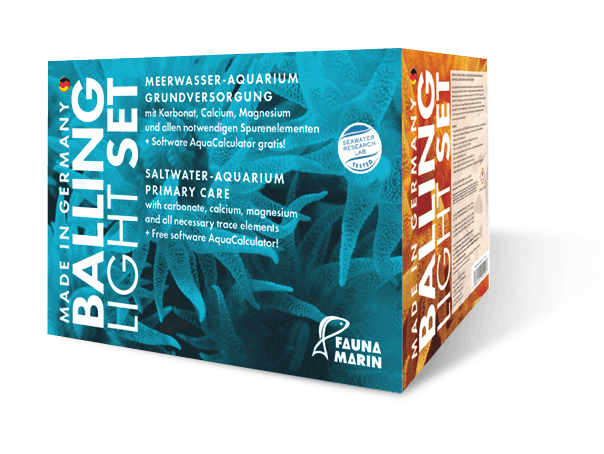Cadmium
The functions of the heavy metal cadmium in the reef system are not yet fully understood. It is a non-essential element and belongs to the heavy metals. Only a few diatoms use cadmium in an enzyme to split carbonates into CO2. Some corals such as Goniopora and also soft corals accumulate cadmium in skeleton and tissue. However, cadmium displaces zinc and copper and interferes with the formation of important enzymes.
What’s this:
Cadmium is an undesired pollutant that should not be detectable.
Problems:
Too high cadmium levels from 5–10 µg/l (0,26 US.liq.gal.) cause the die off of several coral genera in the order Seriatopora, Pocillopora, Montipora, Acropora
Measures:
Filter via adsorber, perform partial water changes and find the cause
Indicator species:
None are known, general coral die-off at significantly too high levels. However, cadmium practically never occurs alone. Due to the respective sources, other heavy metals are usually also significantly increased. At this value, the relevance limit via ICP test must also be observed.
Value too high:
Consult the laboratory and verify the measured value, find the sources, filter via Phos 0.04 or Powerphos.
Value too low:
No dosage intended, cadmium is a toxic substance!
| Variety | Transition metal/heavy metal |
|---|---|
| Standard value | 0 µg/l (0,26 US.liq.gal.) |
| Skill Level | no dosing intended |
| Source | untested balling salts, frozen food, plastics, reef concrete, batteries, foreign metals |
| Importance 1-6 | 1 |
| Detection quality | reliable |
| Relation values | none |

Balling Light:
No dosing intended. Please note the relevance limits in the ICP analysis.
Cadmium
Cadmium as a dosing element has no place in a reef aquarium or in a household! We explicitly warn against the use of such preparations. They are simply pointless for a reef tank.
Cadmium enters the aquarium through galvanized metals such as toy cars and batteries, sometimes also through tap water. You should also take care not to install any metal connections or pipe connections after the osmosis system. We could also identify cement buckets from the DIY store as a source of too high values.
During our investigations we found out that sensitive soft corals show negative effects already starting from 3-5 µg/l (0,26 US.liq.gal.) cadmium. The toxic effect is lower in fish, but here, too, care should be taken to ensure that there is no accumulation of cadmium. In the reef tank itself there is no biochemical function that is important or that cannot be replaced by others.
The value should not exceed 2 µg/l (0,26 US.liq.gal.). Always remember, however, that measurements near the detection limit may occasionally show slightly increased readings, but these should always be seen in context with other values. Only act if significantly elevated values also occur in the two following ICP analyses. In this case, filtering over Fauna Marin Phos 0.04 would be advisable. You should also change the sea salt brand and search for foreign bodies in the tank.
Cadmium as a dosing element has no place in a reef aquarium or in a household! We explicitly warn against using such preparations. They are simply pointless for a reef tank.
Tip:
The Fauna Marin products are controlled by our ICP Laboratory and be crosschecked daily in our coral farm. We take care that our products has the highest possible quality and contain no unwanted elements and nutrients.